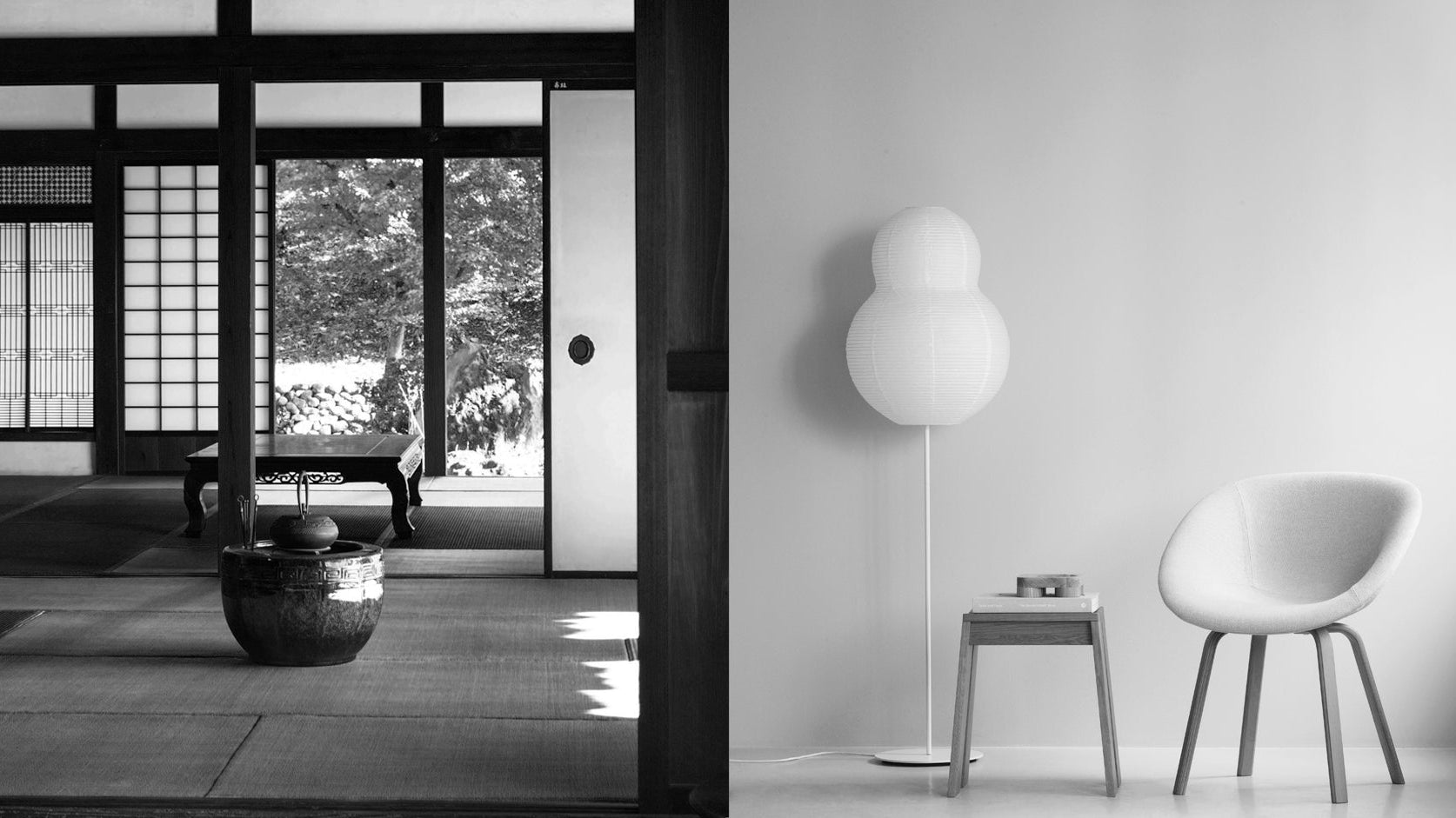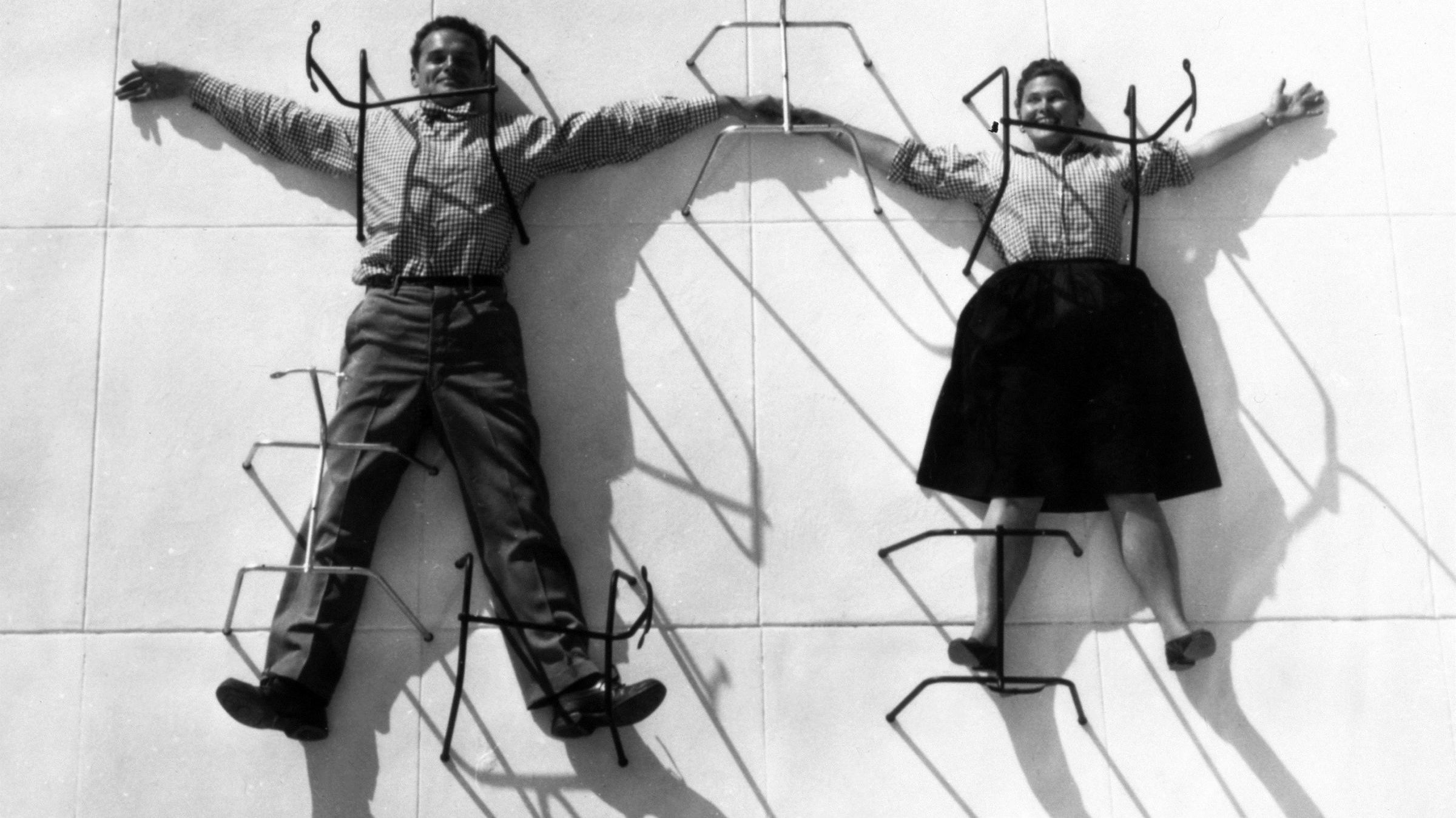The Japanese tea ceremony may seem like a traditional cultural ritual centered on preparing tea, but its meaning goes far beyond that. In Japan, the tea ceremony is considered an art form—one that embodies Japanese hospitality, mindfulness, and attention to detail. At its heart, the ceremony creates a quiet space where the host and guest can share a moment of connection, peace, and mutual respect. More than just serving tea, it reflects a deep cultural philosophy rooted in presence and appreciation.
What Is the Japanese Tea Ceremony?
The Japanese tea ceremony, known as chadō (茶道), meaning “the way of tea,” or chanoyu (茶の湯), literally “hot water for tea,” is a traditional ritual deeply rooted in Japanese culture and aesthetics. It involves the ceremonial preparation and presentation of matcha, a finely powdered green tea. The method of preparation is called temae (点前).
The Japanese tea ceremony typically takes place in a small, purpose-built tea room or tea house, often designed to resemble a humble hermit’s hut and meant to accommodate just four or five people. Within this quiet, intimate setting, participants take a break from the distractions of everyday life. Every movement, from whisking the tea to serving the guest, is performed with intention and grace. This art of preparing and sharing matcha is highly refined and often takes years of dedicated practice to master.
The Origins and Philosophy of the Japanese Tea Ceremony
When it comes to the origins of the Japanese tea ceremony, it is worth noting that tea-drinking began in China. The discovery of tea is often credited to the Indian sage Bodhidharma, also known as Daruma, the founder of Chan Buddhism, which later influenced the development of Zen Buddhism. As early as the 2nd century BCE, Buddhist monks began drinking tea to aid meditation and stay awake during long hours of practice. In Japan, the first documented references to tea date back to the 9th century, when Buddhist monks and envoys brought tea leaves back from their travels in China.
By the 13th century, tea-drinking had become a refined cultural activity across Japan and other parts of East Asia. Among the Japanese aristocracy, tea was more than a beverage. It became a way to express elegance and sophistication. The practice soon evolved to include carefully designed tea rooms, landscaped gardens, and fine porcelain ware, turning tea-drinking into an immersive art form.
In fact, the term “Japanese tea ceremony” is not entirely accurate as a translation of chanoyu or chadō. The English phrase suggests a kind of formality that many tea practitioners seek to avoid. At the heart of chadō lie four foundational principles: harmony (和), respect (敬), purity (清), and tranquility (寂). These were defined in the 16th century by Sen no Rikyū, one of the most influential tea masters in history and the originator of the wabi-cha style. Rikyū played a pivotal role in refining and formalizing the tea ritual, incorporating the philosophies of Zen Buddhism and the aesthetics of Wabi Sabi.
Although tea rituals were once common throughout East Asia, the traditions took different paths. In China, loose-leaf steeping became the mainstream method, while Japan continued to develop and perfect the ceremonial preparation of powdered green tea, or matcha. In 1872, the Japanese tea ceremony was officially recognized by the Japanese government as a traditional art form of significant cultural importance.
The Spirit and Meaning of the Japanese Tea Ceremony
Since we explored these ideas in a previous article, let us now reflect on how Wabi Sabi and Ma are embodied in the Japanese tea ceremony.
Wabi Sabi, the appreciation of imperfection, impermanence, and simplicity, is present in every part of the tea ceremony. It reflects a sensibility that finds meaning in what is humble and unadorned. The rough texture of a tea bowl, the irregular shape of a flower arrangement, and the use of natural, unpolished materials all express this quiet aesthetic. These subtle imperfections invite us to notice beauty just as it is.
The setting and tools of the tea ceremony also reflect Wabi Sabi. The tea master Sen no Rikyū emphasized this in the Southern Record from 1690, where he wrote, “In the small tea room, it is desirable for every utensil to be less than perfect.” Tea bowls are often chosen for their rustic charm and natural flaws, which are seen not as defects but as features that enhance their character and depth.
Ma, the space between things, is just as essential. It can be felt in the arrangement of objects in the tea room, in the pauses between movements, and in the silences shared by host and guest. Ma creates a sense of openness and calm. It allows room for presence, awareness, and reflection.
Another important concept closely tied to the tea ceremony is Omotenashi, the spirit of wholehearted hospitality. Although difficult to translate precisely, Omotenashi goes beyond politeness. It involves anticipating the needs of others and creating an atmosphere where guests feel sincerely welcomed and cared for. If you have visited Japan, you may have experienced this quiet, thoughtful hospitality firsthand.
Together, these principles shape the atmosphere of the tea ceremony and transform a simple act into a meaningful and memorable experience.
At the center of this experience is Ichigo Ichie (一期一会), often translated as “one encounter, one chance.” Popularized by Sen no Rikyū, this concept expresses the idea that every gathering is unique and cannot be repeated. Even when the same people meet in the same place, no moment is ever exactly the same. For this reason, each tea gathering is treated as a once-in-a-lifetime occasion, with both host and guest fully present and attentive.
Today, Ichigo Ichie extends beyond the tea room. It is embraced in relationships, work, and everyday life as a reminder to value each encounter and to live with awareness and gratitude.
Through its space, gestures, tools, and guiding principles, the Japanese tea ceremony becomes more than a ritual. It becomes a quiet way of seeing, feeling, and honoring the world around us.
The Beauty of the Japanese Tea Room
The tea room itself is an essential part of the Japanese tea ceremony. It is not just a setting but an aesthetic experience that shapes the entire atmosphere. Its design is minimalist and humble, using natural materials like wood, paper, and clay. The walls may be plain and the space small, but this simplicity allows textures, light, and shadow to become part of the experience.
Soft shadows fall across tatami mats.
The grain of unpolished wood adds warmth.
Handmade objects introduce a gentle sense of imperfection.
This appreciation for imperfection reflects a teaching recorded in the Southern Record, a collection of sayings by Sen no Rikyū. He expressed that in the small tea room, every utensil should be less than perfect. He taught that rejecting something just because it is slightly damaged shows a lack of understanding. This way of thinking invites guests to notice the quiet beauty in what is simple, worn, and incomplete.
The values of humility and simplicity are also reflected in the architecture of the tea room.
The door of a traditional tea room is quite low and square, separating the quiet tea space from the busy outside world. This small door requires every guest, regardless of social status, to bend and crawl through it to enter. The act symbolizes letting go of ego and pride, reminding everyone to approach the tea ceremony with humility and respect.
The arrangement of the tea room is intentionally simple. There are few decorations, perhaps only a single hanging scroll or a seasonal flower arranged in a modest vase. This emptiness is not a lack but a space for the guest’s mind to settle and become quiet.
From its materials to its shadows, every part of the tea room reflects the values of the Japanese tea ceremony. The tea room becomes a vessel for aesthetic philosophy, gently drawing host and guest into a shared moment of quiet beauty.
Japanese Tea Ceremony Etiquette and Basic Steps
Although the specific actions of a tea ceremony may vary slightly among different schools, there are several common elements. A complete, formal Japanese tea ceremony typically lasts several hours. It begins with a kaiseki course meal, followed by the serving of thick tea (koicha), and concludes with thin tea (usucha). However, modern tea ceremonies are often simplified, focusing solely on the enjoyment of thin tea. Below, we outline the basic procedures to help you understand the essence of the Japanese tea ceremony.
As a guest, it is important to avoid dressing too fashionably or wearing flashy accessories. Modest clothing is preferred, and any jewelry that might damage the tea utensils should be removed. Strong perfumes should also be avoided, as their scent can interfere with the subtle experience of the tea.
Traditional tea ceremony venues are often surrounded by gardens, though many modern settings may not include one. Upon arrival, guests purify themselves by washing their hands and rinsing their mouths at a stone basin known as a tsukubai before entering the tearoom.
The ceremony typically takes place in a tatami room. In some cases, the guest entrance is intentionally low, requiring guests to bend as they enter—a symbolic gesture of humility. Inside the tearoom, the focus is on the interaction between the host, the guests, and the utensils. When the host enters and bows, the guest bows in return, showing mutual respect.
Once seated, guests take a moment to appreciate the decorations chosen for the occasion. The host carefully selects a set of utensils suited to the gathering and uses them to prepare the tea in front of the guests. While the specific movements vary slightly depending on the school of tea, all actions are meant to be minimal, precise, and graceful. Silence is maintained during the preparation of the tea to preserve the contemplative atmosphere.
When the tea is ready, the bowl is placed on the tatami in front of the guest, with its front facing them. As a sign of respect, the guest lifts the bowl with the right hand and supports it with the left palm. Using the right hand, the bowl is rotated clockwise about 90 degrees so that the front is no longer facing the guest. The tea is then sipped slowly, in small, quiet sips.
Read More Lifestyle Articles:
• 7 Japanese Zen Aesthetic Principles That Define Wabi Sabi
• How Japanese Everyday Objects Reflect Beauty and Craftsmanship
• 8 Japanese Aesthetics That Might Change How You See Beauty
• Ma: The Japanese Aesthetic of Negative Space and Time
↪ Follow us for more updates: YouTube | Instagram







Comments
Tres educatif
Informative and delightful article. Thank you!